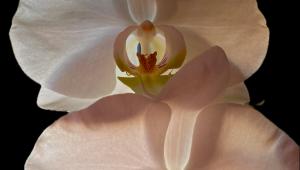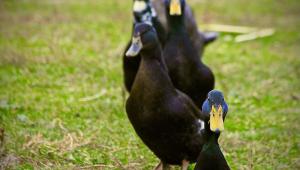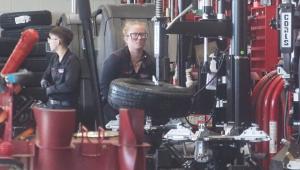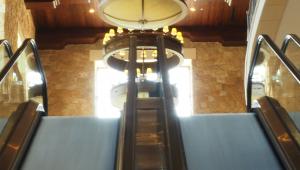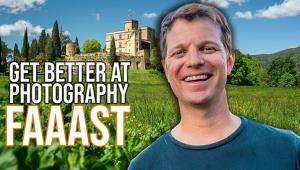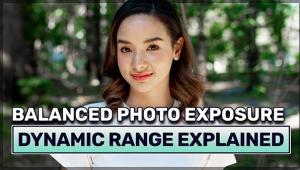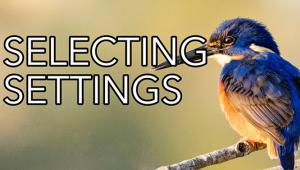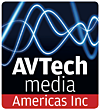Back Yard Studio In A Bag; A Kit Full Of Location Light Modifiers Page 2
 |
 |
||
|
|||
But, you say, look, Anchell, if I could afford an assistant I'd have
a studio and wouldn't be reading this. Not so fast. My solution to assistants
is to always ask the model to bring her boyfriend. A model without a boyfriend?
Unheard of. As soon as he shows up I put him to work. Won't work? That's
okay. The old ways still work--the entire Sunbounce line attaches to light
stands using clamps and accessories--you just won't be able to take
full advantage of the Sun-Swatter's mobile capabilities.
Sunbounce light panels are well designed, lightweight, easy to assemble, easy
to store and carry, and strong enough to stand up to professional abuse. I have
yet to find a system as well made as Sunbounce, outside the motion picture industry
(motion picture gear is the best made and the most reliable--it is also
the heaviest and most expensive). And because Sunbounce is designed to be used
on stands as well as handheld, the light panels work beautifully in the studio
with strobe or incandescent lights.
Using a reflector only increases the amount of light falling on the subject's
shadow side. But there is much, much more to modifying and controlling light
than the amount. For this reason the Sunbounce line includes more than just
reflectors. Sunbounce also makes flags, scrims, diffusors, and cucoloris, items
not normally offered by other reflector companies. And just what are flags,
scrims, diffusors, and cucoloris? These are basic light-modifying panels used
by the motion picture industry--who invented both studio and location light
control.
 |
|
|
A flag is used to block unwanted light. Flags can be used to protect the camera
lens from flare or to control spill light from other sources, or keep light
from reaching certain areas on the set. As "light blockers" they
were used extensively in the '50s for film noir lighting. Flags are usually
black and opaque.
A scrim is also used to block light, but not in the same way. While scrims can
be either semiopaque or translucent, black or white, their main purpose is to
soften the light. Place a scrim in an overhead frame, such as those available
from Sunbounce, and you have instant wraparound soft light in the brightest
sunlight.
Diffusors and cucoloris are both types of scrims. The specific purpose of a
diffuser is to soften the light falling on the subject, either from the sun
(overhead/location) or studio lights (side/overhead/studio). A cucoloris is
a specialized diffuser, usually made of two pieces of translucent diffusion
material sewn together with an opening at one end. Any number of items can be
stuffed inside a cucoloris--leaves, more diffusion material, an ex-spouse--in
order to create a lighting pattern other than the flat, even lighting created
by normal diffusion material. This is a technique often utilized in films to
add drama or special effects to otherwise uninspired lighting. The cucoloris
holder is also known as a Le Louche and it can be used as a stand-alone diffuser
without the cucoloris material inserted. All of these light-modifying tools
are made by Sunbounce in a variety of sizes, up to 20x20 ft, for their Sun-Scrim,
with frames to match.
Which brings us back to where we began. Not everyone has a studio available
to them. If you are lucky you have a back yard. If not, a park, beach, or riverfront
location can all be good places to photograph. Be certain to have a permit if
it's a paid assignment. However, if you are photographing for fun, or
working on a model's portfolio, you usually don't need one--if
you're not certain call the city and ask.
For more information, contact Sunbounce USA, 29488 North Sequoia Rd., Santa
Clarita, CA 91387; (661) 252-9460; www.sunbounce-usa.com.
- Log in or register to post comments





